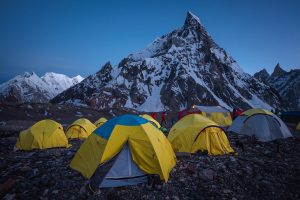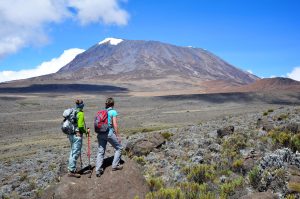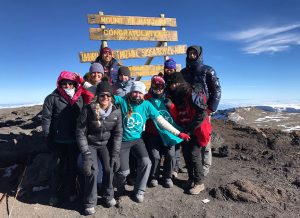Estimating the Duration of Climbing Mount Kilimanjaro
Mount Kilimanjaro, located in Tanzania, is the highest peak in Africa and a popular destination for adventure seekers from all around the world. Climbing Kilimanjaro is a challenging yet rewarding experience that requires careful planning and preparation. One of the key aspects of planning a successful climb is estimating the duration of the trek.
Calculating the Time Required to Summit Kilimanjaro
The time required to climb Mount Kilimanjaro can vary depending on a number of factors, such as the route chosen, the climber’s fitness level, and the weather conditions. On average, it takes between five to nine days to complete the trek, with most climbers opting for a six to seven-day itinerary.
The most popular route for climbing Kilimanjaro is the Machame Route, also known as the "Whiskey Route," which typically takes six to seven days to complete. This route offers a good balance of scenic views, gradual acclimatization, and a high success rate of reaching the summit.
For those looking for a more challenging and less crowded route, the Lemosho Route is a great option. This route takes seven to nine days to complete and provides stunning panoramic views of the surrounding landscape.
Regardless of the route chosen, it is important to allow for enough time to properly acclimatize to the high altitude and reduce the risk of altitude sickness. Climbers should also consider factors such as rest days, hiking pace, and the availability of emergency evacuation options when calculating the duration of their climb.
Factors Affecting the Duration of Climbing Africa’s Tallest Peak
-
Altitude: As climbers ascend higher on the mountain, the air becomes thinner, making it more difficult to breathe and increasing the risk of altitude sickness. It is important to allow for gradual acclimatization by including rest days and pacing oneself accordingly.
-
Fitness Level: Climbing Kilimanjaro is a physically demanding endeavor that requires a good level of fitness and stamina. Training beforehand and maintaining a steady pace during the climb can help reduce fatigue and improve overall performance.
-
Weather Conditions: The weather on Mount Kilimanjaro can be unpredictable, with temperatures ranging from hot and sunny to cold and snowy. It is important to pack appropriate clothing and gear for all weather conditions and be prepared for sudden changes in weather.
-
Group Size: The size of the climbing group can also affect the duration of the climb, as larger groups may move at a slower pace and require more logistical coordination. Smaller groups or private tours may offer more flexibility and personalized attention.
In conclusion, estimating the duration of climbing Mount Kilimanjaro is a crucial step in planning a successful trek to Africa’s tallest peak. By considering factors such as the chosen route, fitness level, altitude, weather conditions, and group size, climbers can ensure a safe and enjoyable experience on this iconic mountain.
For those interested in embarking on a Kilimanjaro climbing adventure, Sunset Africa Safari offers expertly guided tours with experienced guides and support staff. For booking requests and more information, please contact info@sunsetafricasafari.com.



